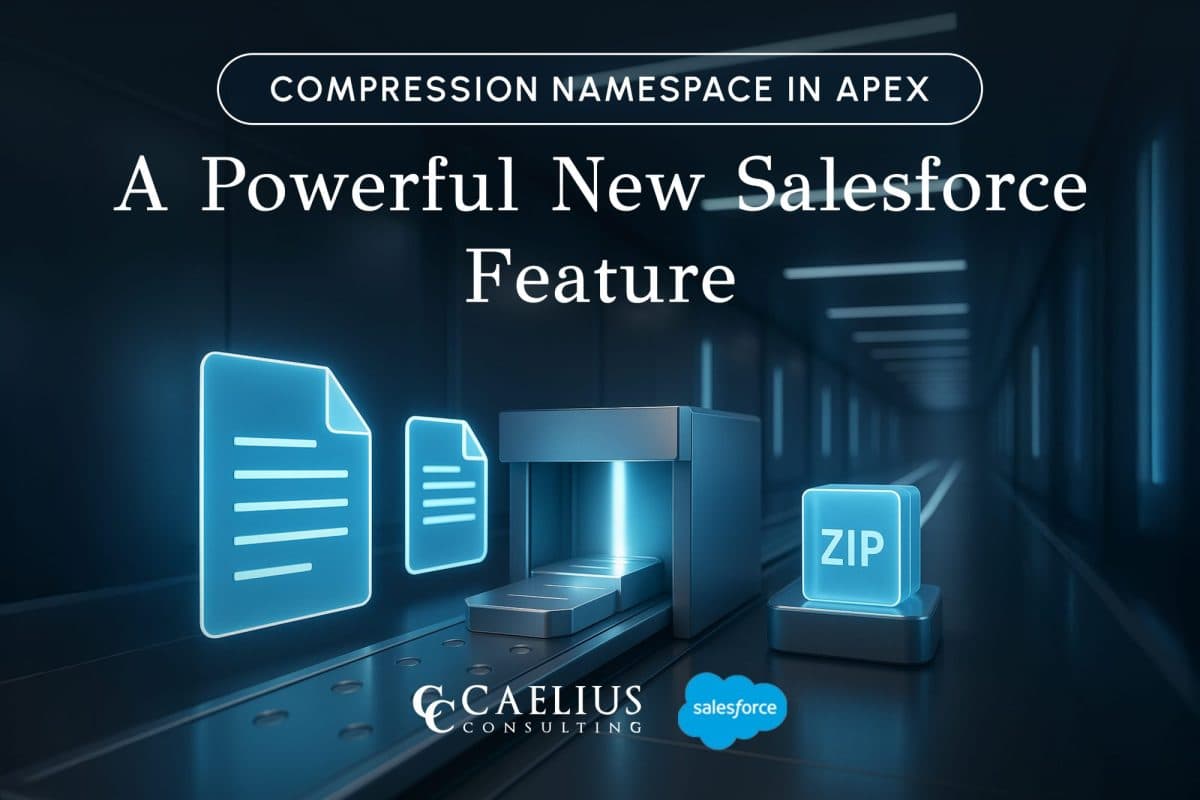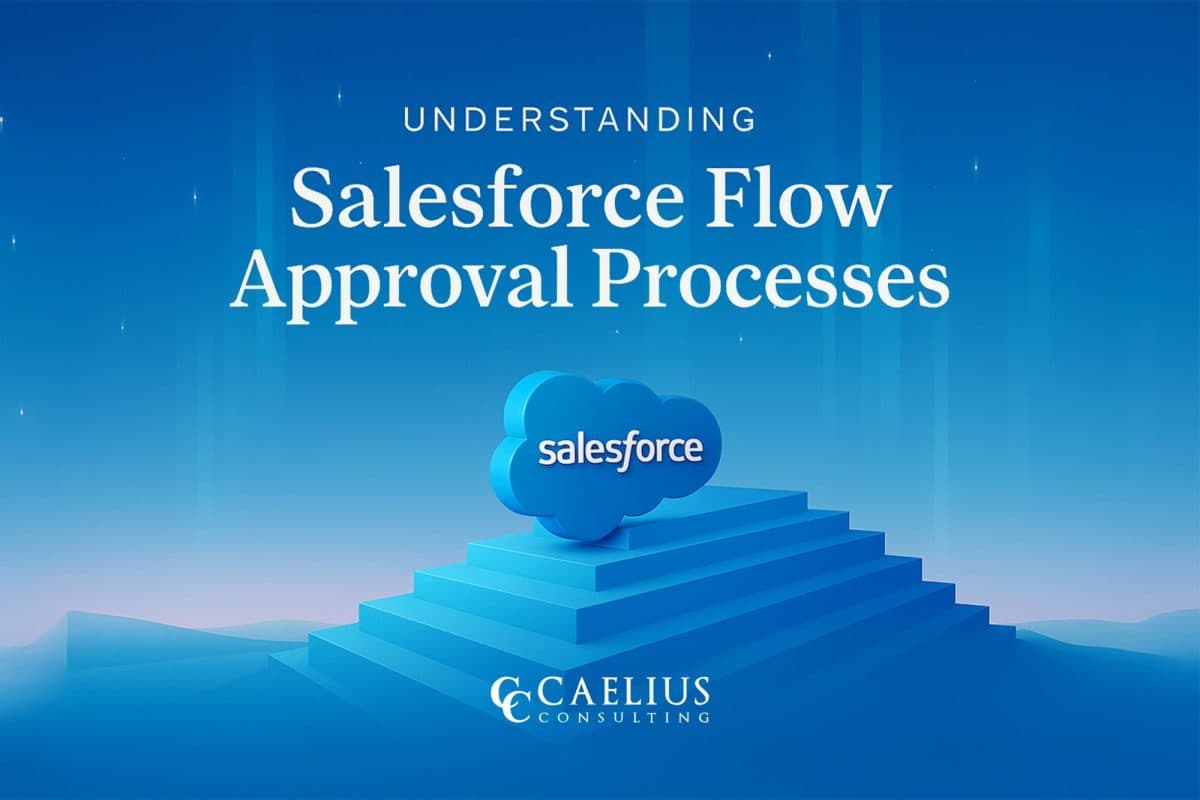Connecting MuleSoft and Azure SQL with Entra ID

Introduction
Establishing a secure connection between MuleSoft and Azure SQL Database can be challenging, especially if you are using Entra ID (formerly known as Azure Active Directory) for authentication. This blog walks through a fully working configuration for connecting to Azure SQL using ActiveDirectoryServicePrincipal in Mule runtime 4.7.4 with Java 8 — addressing driver setup, token-based authentication, and dependency alignment.
If you’re looking to ditch hardcore credentials and adopt token-based authentication via Azure AD, then this guide is for you.
Why Use Entra ID for Azure SQL Integration?
Using Entra ID offers a more secure and manageable way to connect applications to Azure resources. Here are some of the key benefits of using it:
- Centralized Identity Management across the cloud infrastructure
- Service Principal Security without exposing sensitive credentials
- No hard coded SQL credentials (Usernames or Passwords)
- Access governance via Azure AD
Tools & Environment Used
Step-by-Step Configuration Guide
A. Set up Entra ID App Registration
- Go to Azure Portal → Azure Active Directory → App registrations → New Registration
- Note down the following details:
– Client ID
– Tenant ID
– Client Secret - Assign the app as a SQL user:
CREATE USER [app-name] FROM EXTERNAL PROVIDER;ALTER ROLE db_datareader ADD MEMBER [app-name];ALTER ROLE db_datawriter ADD MEMBER [app-name];
B. Set Up Maven Dependencies
You only need to add mssql-jdbc manually to the Mule app classpath. All other related libraries (required by MSAL4J) can be resolved through Maven.
<!– Required for Azure AD (Entra ID) Authentication –>
<dependency>
<groupId>com.microsoft.sqlserver</groupId>
<artifactId>mssql-jdbc</artifactId>
<version>9.2.1.jre8</version>
</dependency>
<dependency>
<groupId>com.microsoft.azure</groupId>
<artifactId>msal4j</artifactId>
<version>1.11.0</version>
</dependency>
<dependency>
<groupId>com.nimbusds</groupId>
<artifactId>oauth2-oidc-sdk</artifactId>
<version>9.15</version>
</dependency>
<dependency>
<groupId>net.minidev</groupId>
<artifactId>json-smart</artifactId>
<version>2.3</version>
</dependency>
C. Configure MuleSoft Generic Database Connector
Use the following parameters:
Driver Class:com.microsoft.sqlserver.jdbc.SQLServerDriver
JDBC URL:
jdbc:sqlserver://<your-server>.database.windows.net:1433;database=<your-database>;authentication=ActiveDirectoryServicePrincipal;encrypt=true;trustServerCertificate=false;hostNameInCertificate=*.database.windows.net;AADSecurePrincipalId=<client-id>;AADSecurePrincipalSecret=<client-secret>

Note: Leave Username & Password fields blank.
D. Avoid “Test Connection” Button
The GUI test button often fail for token-based connections. Instead, run a simple test flow in MuleSoft to validate the connection.

Troubleshooting Tips

Final Thoughts
If done correctly, integrating MuleSoft with Azure SQL using token-based authentication offers a secure, scalable, and enterprise-ready integration architecture. This setup not only improves security but also ensures better scalability across environments. If you’re working within a MuleSoft ecosystem and aiming to meet enterprise security requirements, configuring Entra ID authentication is a powerful step forward.
Looking to explore more real-world integration patterns, expert tips, and implementation guides like this? Visit our Resource Center.
Recent Blogs

Compression Namespace in Apex: A Powerful New Salesforce Feature
Introduction Working with documents inside Salesforce has always challenged developers because of the platform’s multitenant constraints. Previously, packaging and sending files in a compact form required external services, like an AWS Lambda function, that retrieved files via API and then compressed them. With the introduction of the Compression Namespace and the powerful pre-defined Apex functions,… Continue reading Compression Namespace in Apex: A Powerful New Salesforce Feature
Compression Namespace in Apex: A Powerful New Salesforce Feature
Introduction Working with documents inside Salesforce has always challenged developers because of the platform’s multitenant constraints. Previously, packaging and sending files in a compact form required external services, like an AWS Lambda function, that retrieved files via API and then compressed them. With the introduction of the Compression Namespace and the powerful pre-defined Apex functions,… Continue reading Compression Namespace in Apex: A Powerful New Salesforce Feature

Boost LWC Performance with Debouncing
Introduction Lightning Web Components (LWC) is a modern framework for building fast and dynamic user interfaces on the Salesforce platform. However, one common challenge in web development, including LWC, is efficiently handling user input, especially when dealing with rapid or repetitive events, such as typing in a search field. This is where debouncing becomes an… Continue reading Boost LWC Performance with Debouncing
Boost LWC Performance with Debouncing
Introduction Lightning Web Components (LWC) is a modern framework for building fast and dynamic user interfaces on the Salesforce platform. However, one common challenge in web development, including LWC, is efficiently handling user input, especially when dealing with rapid or repetitive events, such as typing in a search field. This is where debouncing becomes an… Continue reading Boost LWC Performance with Debouncing

Salesforce Pricing Automation: Boost Efficiency And Accuracy with Apex Triggers
Introduction In order to succeed in today’s fast-paced business landscape, precision and speed define competitive advantage. For businesses, especially those managing complex product catalogs, ensuring accurate pricing on sales orders or custom lines can be a time-consuming and error-prone task. To overcome this challenge, Salesforce trigger handlers offer a powerful solution to automate the entire… Continue reading Salesforce Pricing Automation: Boost Efficiency And Accuracy with Apex Triggers
Salesforce Pricing Automation: Boost Efficiency And Accuracy with Apex Triggers
Introduction In order to succeed in today’s fast-paced business landscape, precision and speed define competitive advantage. For businesses, especially those managing complex product catalogs, ensuring accurate pricing on sales orders or custom lines can be a time-consuming and error-prone task. To overcome this challenge, Salesforce trigger handlers offer a powerful solution to automate the entire… Continue reading Salesforce Pricing Automation: Boost Efficiency And Accuracy with Apex Triggers

Understanding Salesforce Flow Approval Processes
Introduction: Salesforce introduced Flow Approval Processes in the Spring '25 release. This is an evolved version of the classic approval process model, powered by Flow Orchestrator. The new approach brings unprecedented flexibility, enabling the creation of dynamic, multi-level, and logic-driven approval workflows that are entirely declarative. Continue reading the blog to get a deeper understanding… Continue reading Understanding Salesforce Flow Approval Processes
Understanding Salesforce Flow Approval Processes
Introduction: Salesforce introduced Flow Approval Processes in the Spring '25 release. This is an evolved version of the classic approval process model, powered by Flow Orchestrator. The new approach brings unprecedented flexibility, enabling the creation of dynamic, multi-level, and logic-driven approval workflows that are entirely declarative. Continue reading the blog to get a deeper understanding… Continue reading Understanding Salesforce Flow Approval Processes
